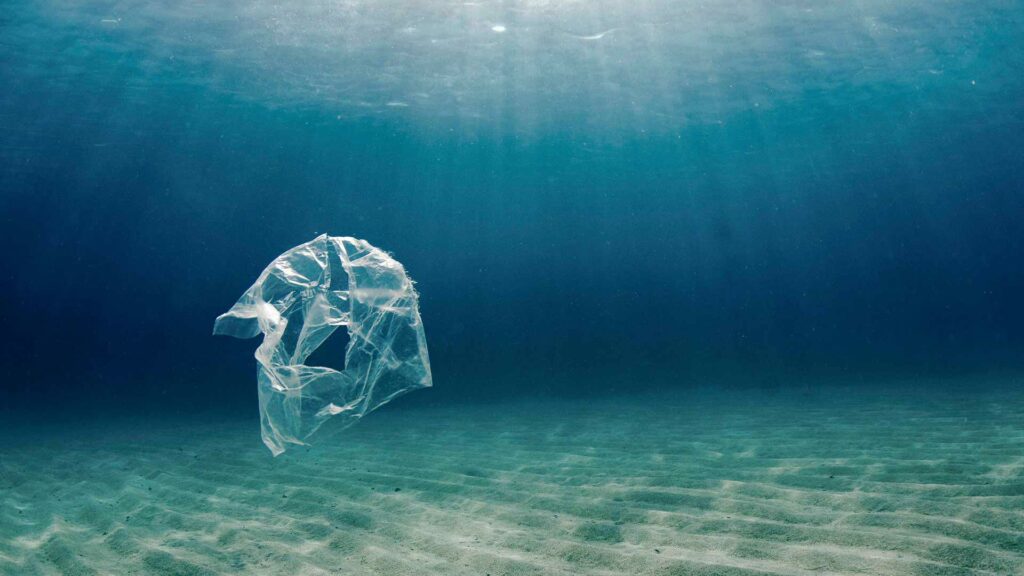The Mariana Trench is known to house the deepest point in the world, Challenger Deep. Only two people have dared to confront its fearful and dark deepness, and their venture proved that life prevails even in the deepest of waters, which poses a question to us: If sea creatures can exist in the lowest areas of the Mariana Trench, can trash reach them?
A recent study published in 2019 revealed that the deepest known piece of garbage is a plastic bag that resides in the Mariana Trench, more than 36,000 feet below the water surface.
The Mariana Trench
The Challenger Deep, situated in the Mariana Trench, is known as the world’s deepest point. Only two people have gone to the depths of the Challenger Deep.
In the maps, one can often identify the Mariana Trench as it contains the shape of a crescent scar in the Western Pacific East region. It totals up to more than 2,500 kilometers in length with an average width of 69 kilometers. The distance between the Mariana Islands and the Mariana Trench is roughly 200 kilometers.
The Challenger Deep is located 11 kilometers beneath the ocean’s surface. If one had dipped Mount Everest in the Challenger Deep, its peak wouldn’t even show since it’d be 1.6 kilometers below the water. The deepness of the Mariana Trench means that if you were to dive into its waters, darkness would slowly envelop you while the temperature becomes colder and colder by the moment. Additionally, atmospheric pressure would rise to eight tons per square inch.
The only time humans dared to reach the Challenger Deep was in 1960, which was more than half a century ago. Jacques Piccard and Navy Lieutenant Don Walsh rode a bathyscaphe from the United States Navy for five hours. The two only stayed at the Challenger Deep for twenty minutes, and in their stay, they would discover that life can survive in the Challenger Deep! (Source: National Geographic)
The Deep-Diving Plastic Bag
Even with the surreal and almost magical conditions of the Mariana Trench, it is no exception to human-made pollution!
A recently published research stated evidence that plastic bags, the ones most commonly used in groceries, holds the title of being the piece of plastic trash found in the deepest part of the world. The plastic bag sits 36,000 feet below the water surface in the Mariana Trench, as seen in the Deep-Sea Debris Database.
The Deep-Sea Debris Database, which was newly made open for public viewing, contained a series of photographs and videos collated from more than 5,000 diving trips in the past 30 years. In the Deep-Sea Debris Database, experts noticed that the most abundant among the classified trash and debris noted in the Debris Database was the plastic trash. Some debris noted were rubber, metal, wood, and cloth.
89% of the plastic trash found in the database consisted of single-use plastics, more specifically, plastic utensils and water bottles. Pictures in the Deep-Sea Debris Database depicted sea turtles eating plastic bags, monk seals holding plastic bottles in their mouths, and other sea creatures eating plastic.
Sea animals commonly mistake the pieces of trash floating around as their food source. These creatures do not only eat the refuse, but they also get trapped and entangled among the garbage – causing these animals more harm!
Another research reveals that the Mariana Trench has higher levels of total pollution when compared to the most pollution-infested rivers in China. The plastic bag located deep within the grasp of the Mariana Trench continues to be a reminder to the world how much our careless actions have harmed the planet. (Source: National Geographic)
